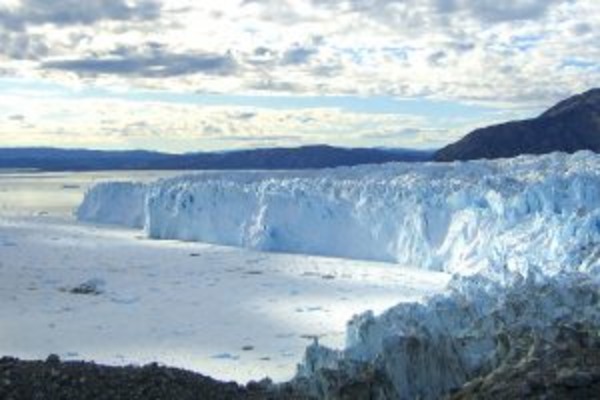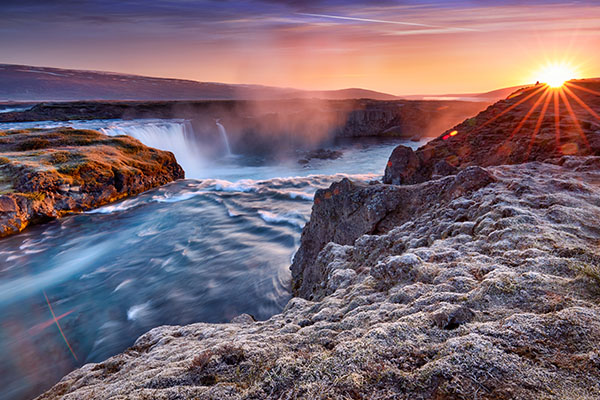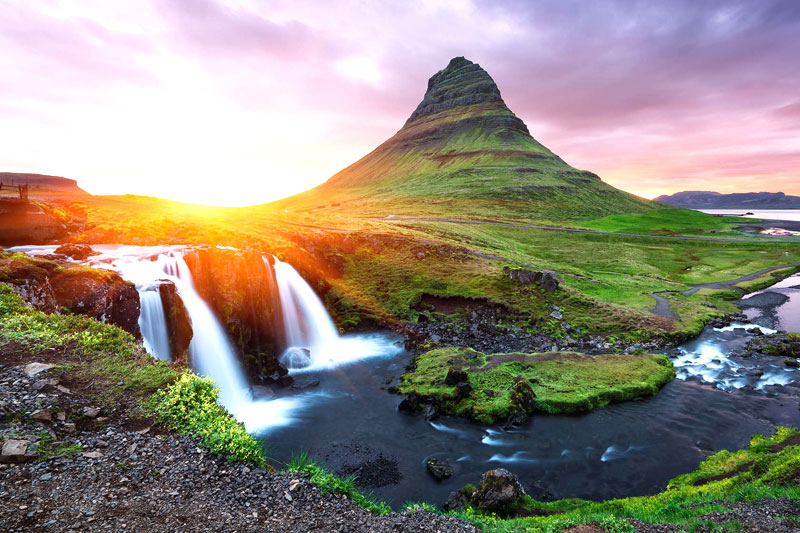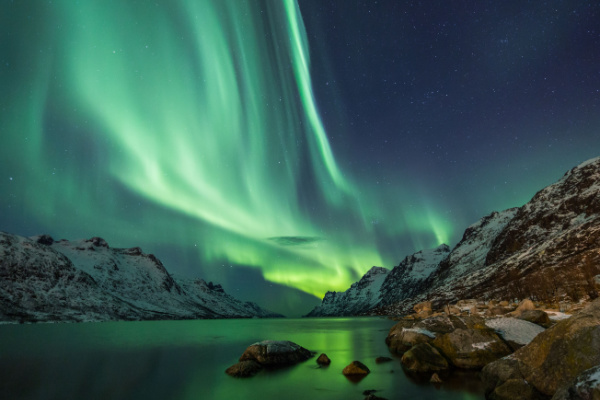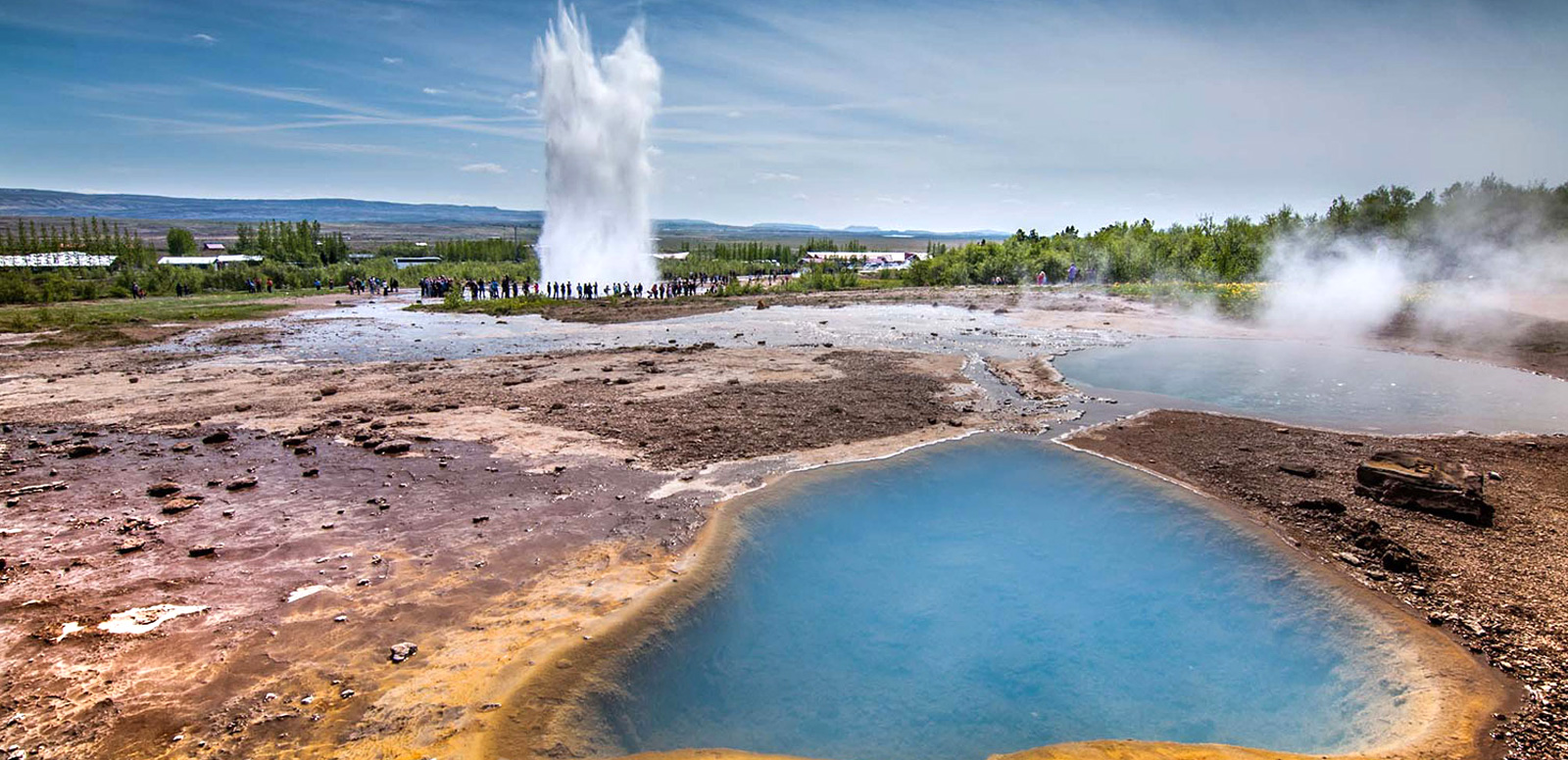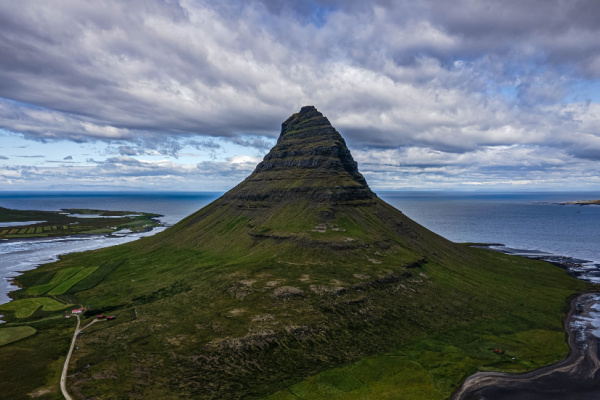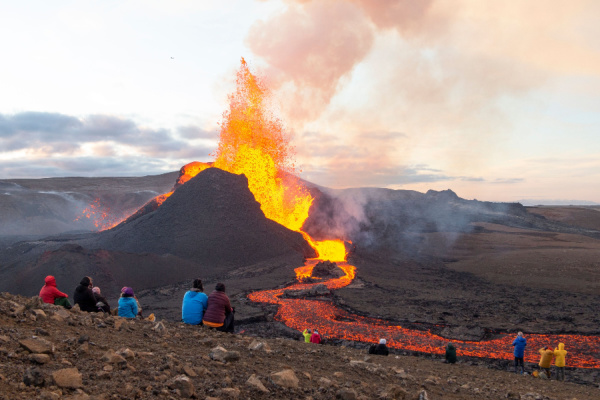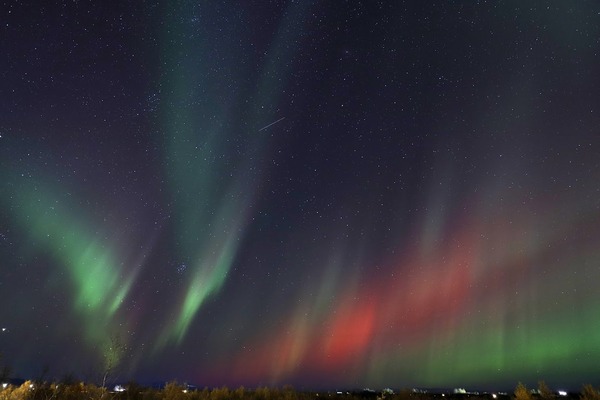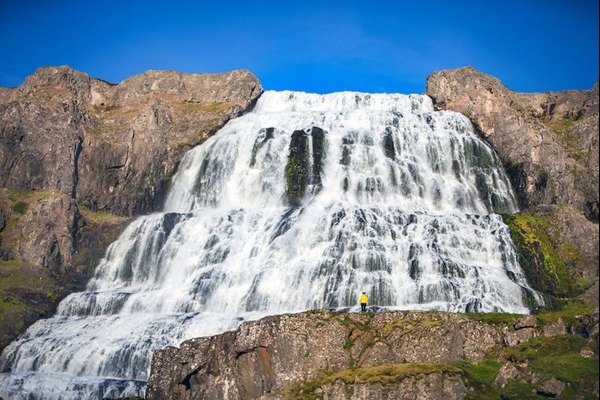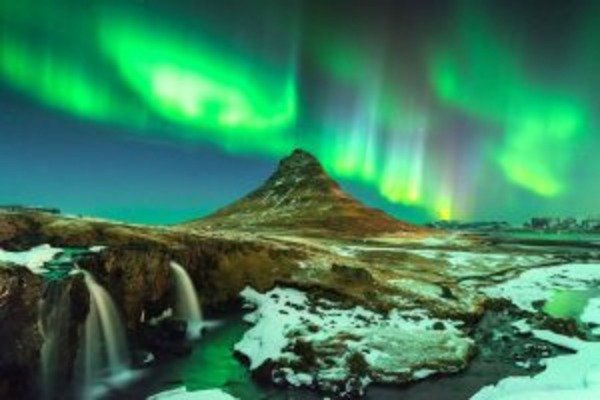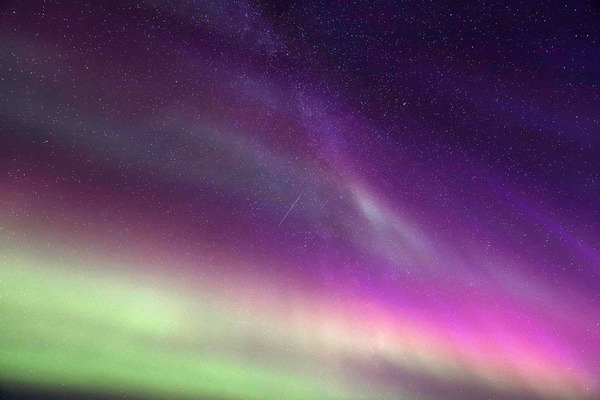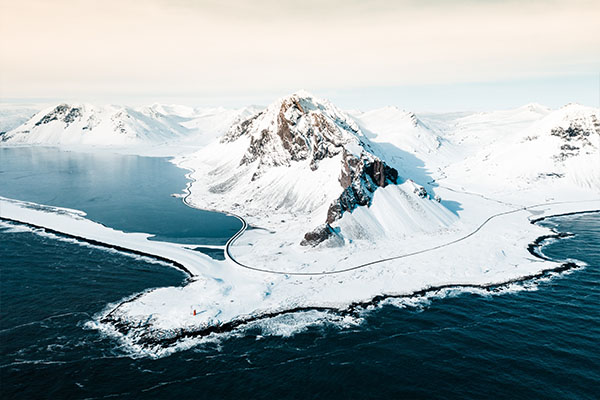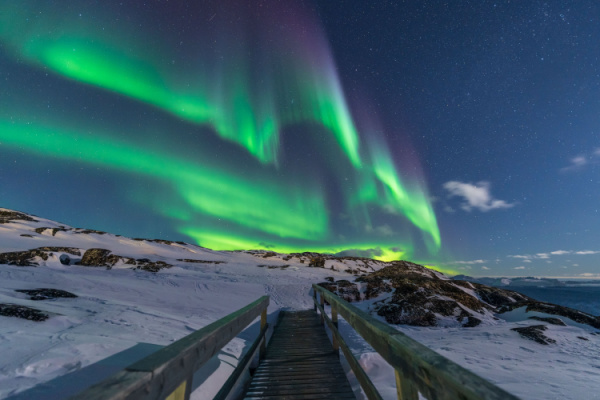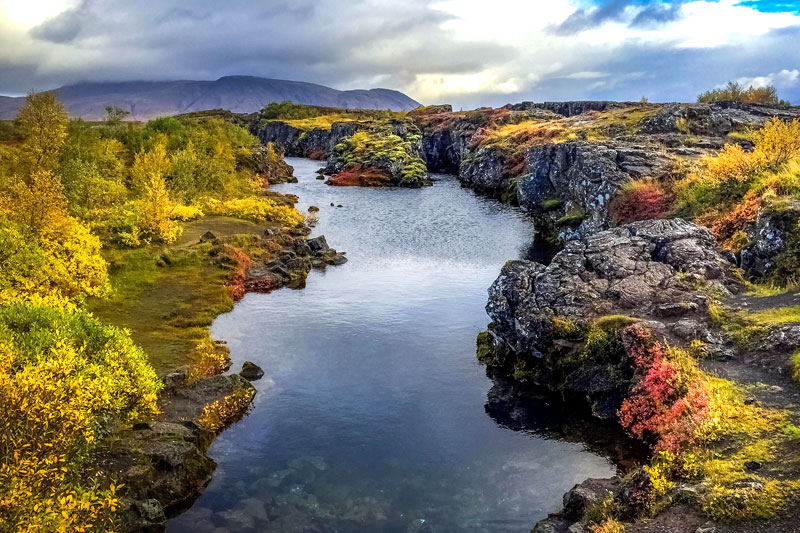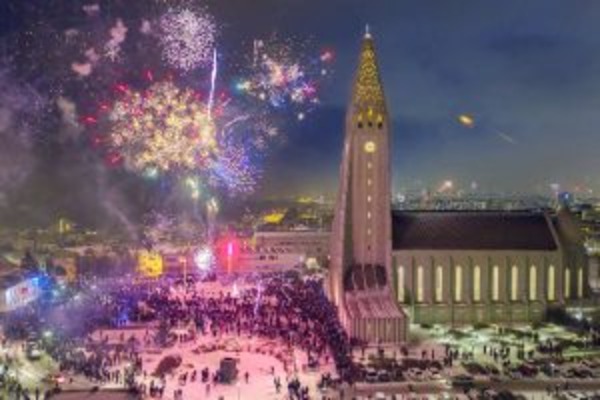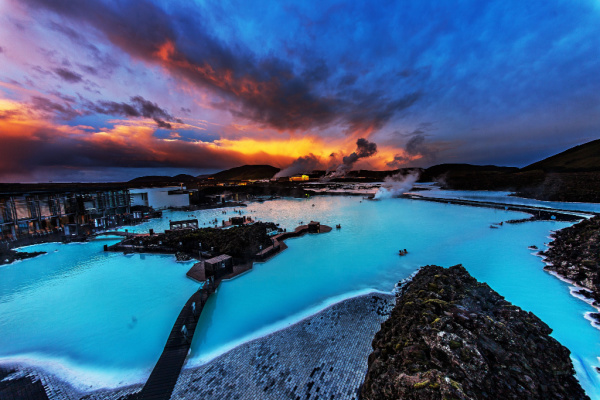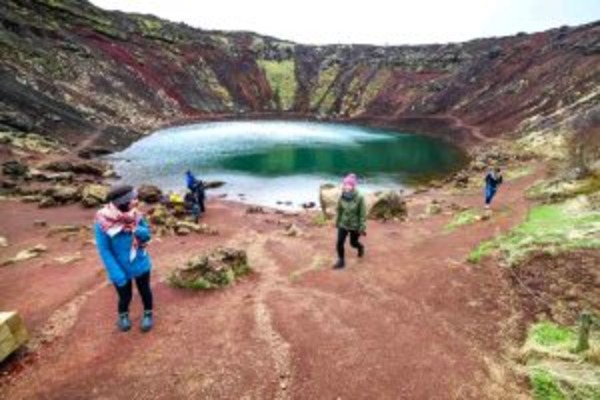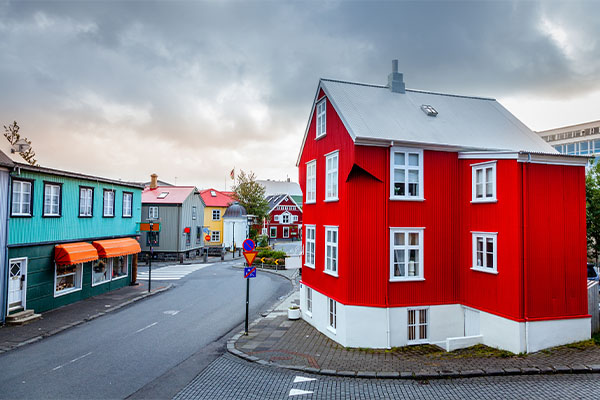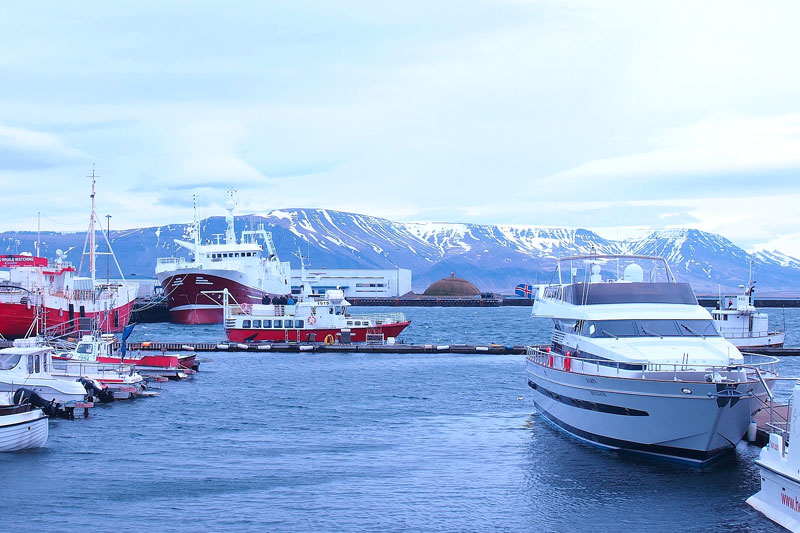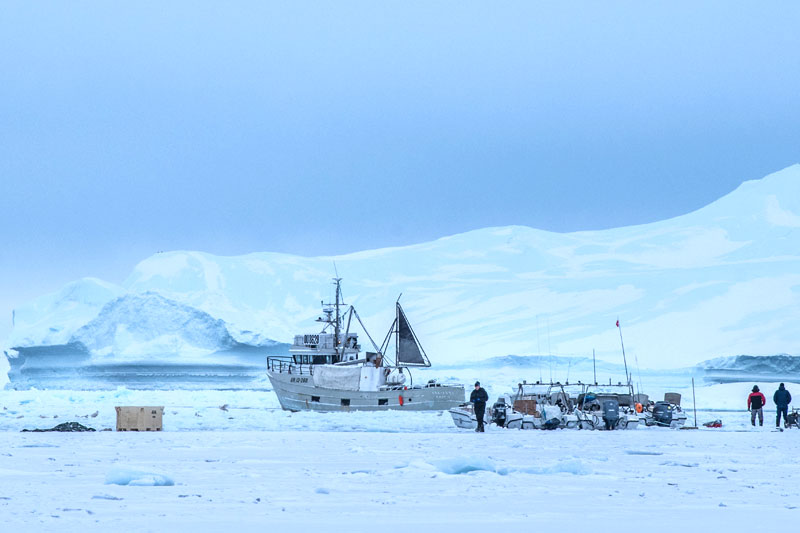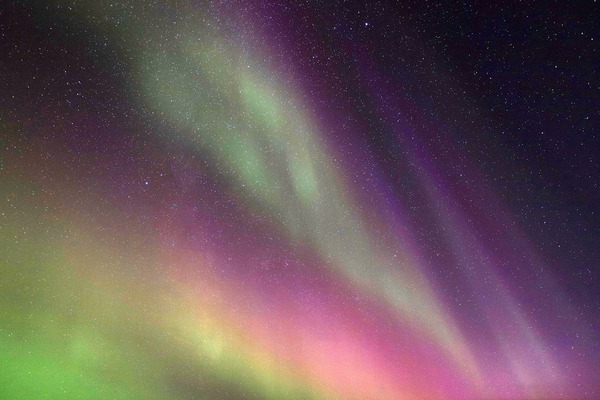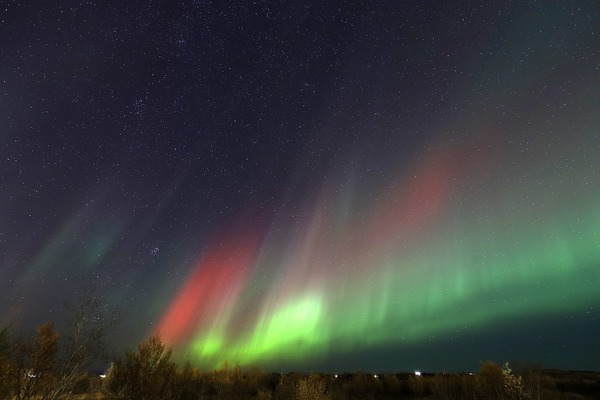Every day, there is an adventure waiting to happen in Iceland, with its abundance of mountains, volcanoes, glaciers, rivers, lakes, fjords, lava fields, hot springs, waterfalls, caves and otherwise rough terrain waiting to be tackled. Iceland is truly an outdoor enthusiasts' paradise, but it is also a warm and welcoming place for the rest of us. Soft-adventures, bird watching, caving, cycling, helicopter tours, hiking, ice climbing, northern lights, snowmobile, ATV tours, whale watching, boat trips between floating icebergs and bathing in geothermal lagoons. Iceland offers extensive wilderness and stillness, unique and untouched nature, interesting cultural sights and places to visit, an exciting selection of food and drinks, and is a safe and secure destination
Things to know before visit Iceland
Iceland is in the south of the Arctic Circle but due to the Gulf stream, its temperatures are mild. Summers are cool while winters are not harsh. June is the peak summer month while September and October are cooler and also the starting of the Northern Lights Season. Winters are mild with the average January temperature around -0.5 degree C.
Located close to Reykjavik, the Blue Lagoon is a popular tourist destination. It is a man-made lake and has superheated seawater that has been vented through a lava flow. The geothermal water of the lagoon is mineral rich with many health benefits. There are many resorts surrounding the lagoon to complete the spa experience with luxurious amenities of saunas, steam baths and more.
Vatnajokull National Park has the largest glacier in the world. It is so large that it occupies 14% of the country. The park is segmented into four parts. Travelers usually take the southern part to Skaftafell leading to blue-tinted glacial tongues and beautiful waterfalls. Adventure enthusiasts can trek the Vatnajokull glacier and explore some volcanic craters.
It is the best place to take off for hiking trails. Located in the Fjallaback Nature Reserve at the edge of a lava field, this region is known for its natural hot springs. There are many treks that take you through the lava field and up to the Mt. Blahnjukur. The sights at Landmannalaugar are simply stunning- the multicolored rhyolite mountains, the orange hue from the Hekla volcano, the lava fields and the striking landscape around- you feel as if you have entered another planet. .
Capital city of Iceland, Reykjavik is a stylish yet quirky, hedonistic and intriguing town. The most popular tourist attraction here is the picturesque Lake Tjornin and also the National and Saga museums that exhibit Iceland’s Viking heritage. Reykjavik is also one of the places to see the rare and spectacular natural phenomena of the Northern lights.
Drive from Reykjavik on the Golden circle route to experience varied unique attraction including historical sites, geysers, waterfalls and quaint villages. Some of the main attractions on this drive are at Gullfoss where the huge “Golden Falls” fall from the Hvita river canyon and also the Geysir hot springs, a place from where the term “geyser” has originated. Also, visit the ancient national park, Þingvellir, where the country of Iceland was discovered in 930.
Travel Advisory:For the latest information and advice on safety and entry requirements please consult your travel agent well in advance of your departure and visit the following government website:
Department of Foreign affairs and trade www.dfat.gov.au
Smart Traveler website www.smartraveler.gov.au
Electricity: While traveling to Iceland it is advisable to carry an international power plug adapter. The standard voltage is at 220V and the sockets can take the two round prongs.


